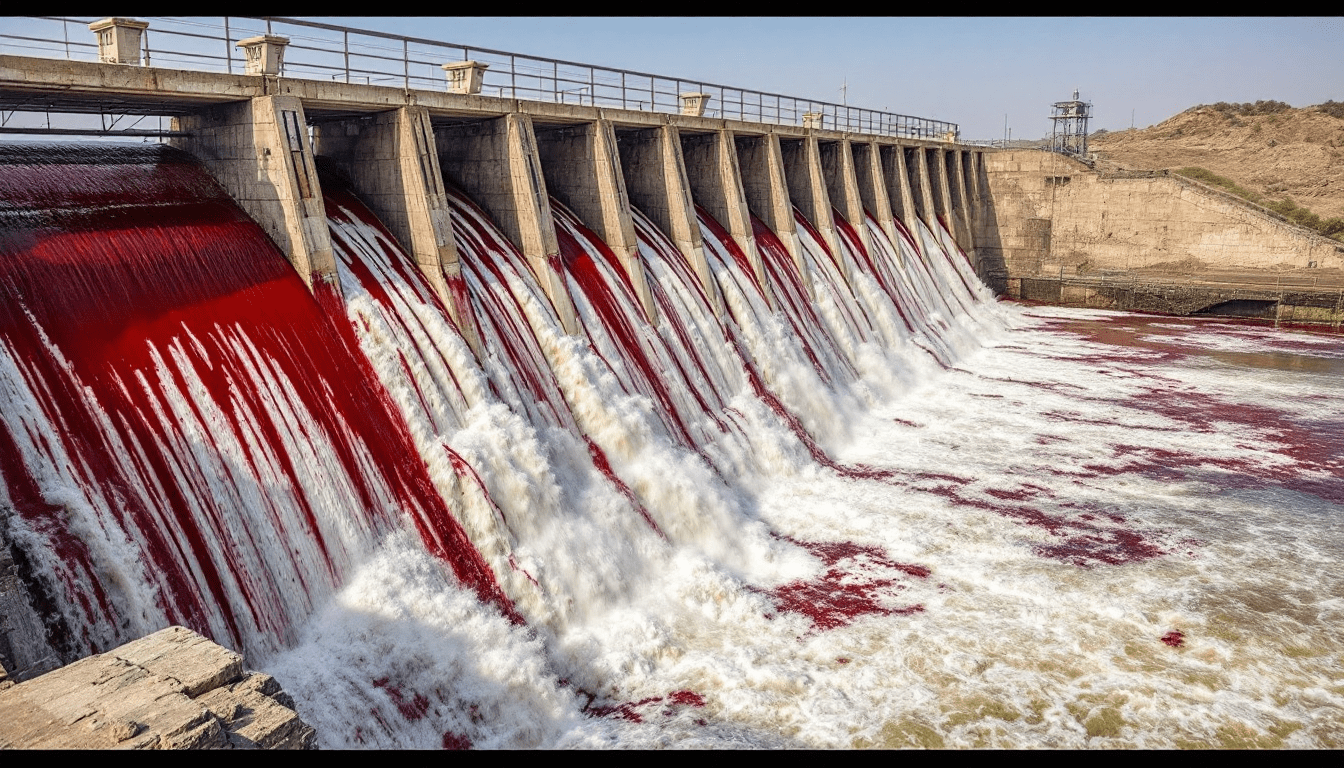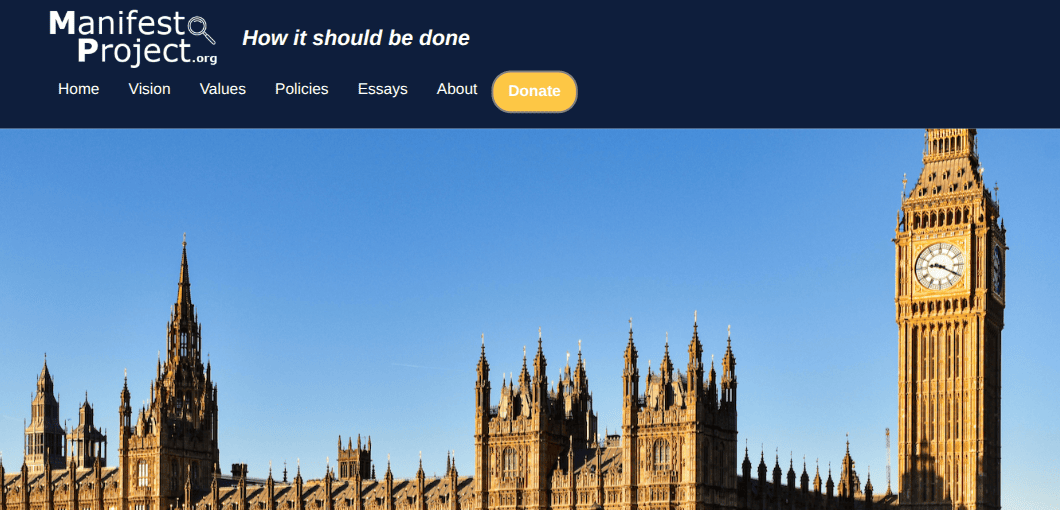The Mangla Dam And A Foreign Rape Epidemic
The Pakistani population of the UK has exploded by 12,000% since WWII, catalysed by a 1960 British dam project displacing 110,000 people from 280 villages. The reproduction of their natural "culture" in Britain has poisoned cities with rape gangs, forced cousin marriage, and sexual enslavement.






